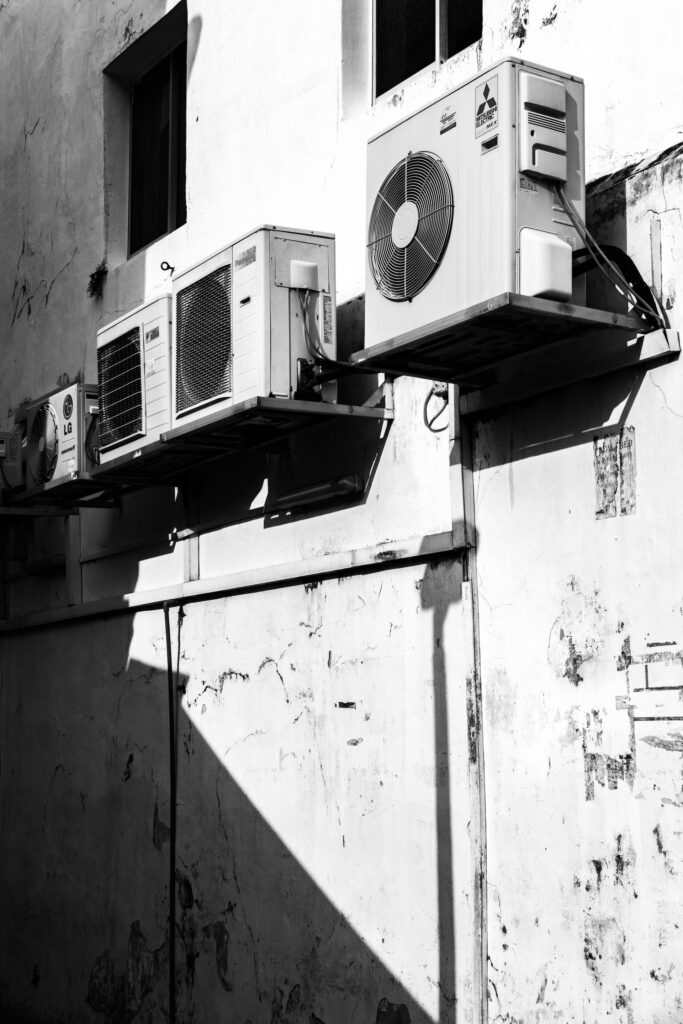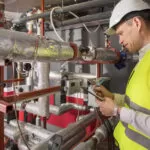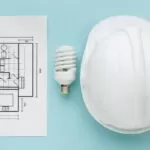As a building owner in the Lone Star State, you’re no stranger to the scorching Texas heat. The efficiency of your air conditioning system plays a pivotal role in maintaining a comfortable environment for occupants and ensuring energy costs remain manageable. In this article, we’ll delve into practical A/C calculations and strategies to help you optimize your system for peak efficiency.
Table of Contents
Understanding A/C Calculations
The first step to enhancing your air conditioning system’s efficiency is gaining a solid understanding of A/C calculations. These calculations involve the measurement and analysis of key factors that influence the performance of your system. One crucial metric is the Seasonal Energy Efficiency Ratio (SEER), which indicates the cooling output divided by the electric power input over an entire cooling season. A higher SEER rating signifies a more energy-efficient system.
Moreover, it’s essential to assess the size of your air conditioning unit relative to the space it serves. An oversized or undersized system can lead to inefficiencies, increased energy consumption, and uneven cooling. Conducting a load calculation to determine the appropriate system size for your building is a crucial aspect of A/C optimization.

Conducting a Load Calculation for Proper Sizing
Proper sizing is fundamental to achieving optimal A/C performance. Conducting a load calculation involves assessing factors such as the size of the space, insulation levels, number of windows, and the local climate. This process ensures that the A/C unit you choose is neither too large nor too small for the building, preventing unnecessary energy consumption and wear on the system.
Professional HVAC contractors can perform a comprehensive load calculation, taking into account both the sensible and latent heat in the space. This meticulous approach ensures that your air conditioning system is tailored to the specific needs of your building, promoting energy efficiency and longevity.
Regular Maintenance for Peak Performance
Just like any other machinery, your air conditioning system requires regular maintenance to operate at peak performance. Routine tasks, such as cleaning or replacing air filters, checking refrigerant levels, and inspecting ductwork, can significantly impact the efficiency of your system. Dirty filters and low refrigerant levels, for example, force the A/C unit to work harder, consuming more energy and potentially leading to system malfunctions.
A proactive approach to maintenance not only ensures optimal efficiency but also extends the lifespan of your air conditioning system. Regular inspections by qualified technicians can identify and address potential issues before they escalate, saving you from costly repairs and downtime.
Investing in Smart Thermostats and Controls
In the realm of A/C optimization, technology can be a valuable ally. Smart thermostats and controls empower you to manage and monitor your building’s temperature settings with precision. These devices offer features like programmable schedules, remote access, and temperature zoning, allowing you to tailor the cooling to specific areas of your building based on occupancy and usage patterns.
By investing in smart technology, you gain greater control over your A/C system, reducing energy waste and enhancing overall efficiency. Many smart thermostats also provide real-time energy usage data, enabling you to make informed decisions about your building’s cooling strategy.
Exploring Energy-Efficient Cooling Strategies
Beyond the technical aspects of your A/C system, there are practical strategies you can implement to enhance cooling efficiency. Utilizing shading devices, such as blinds or reflective window films, can minimize heat gain from the sun, reducing the workload on your air conditioning system. Additionally, proper insulation and sealing air leaks in your building’s envelope contribute to a more stable indoor temperature, reducing the need for constant A/C adjustments.
Strategic landscaping can also play a role in cooling efficiency. Planting trees or installing green roofs can provide natural shade and contribute to a cooler overall environment. These simple yet effective strategies work in harmony with your A/C system, promoting energy savings and creating a more comfortable indoor atmosphere for occupants.
Navigating the Texas Heat with A/C Optimization
In the challenging climate of Texas, where the summer heat can be relentless, optimizing your air conditioning system is not just a matter of comfort but a practical necessity. By understanding A/C calculations, ensuring proper sizing, conducting regular maintenance, embracing technology, and implementing energy-efficient strategies, you can navigate the scorching Texas heat with confidence.
Remember, A/C optimization is a continuous process that requires diligence and a proactive mindset. By incorporating these practical measures into your building management strategy, you’ll not only improve the efficiency of your air conditioning system but also contribute to cost savings and a more sustainable future for your property. Stay cool, stay efficient, and keep your Texas building thriving in the face of the summer sun.




